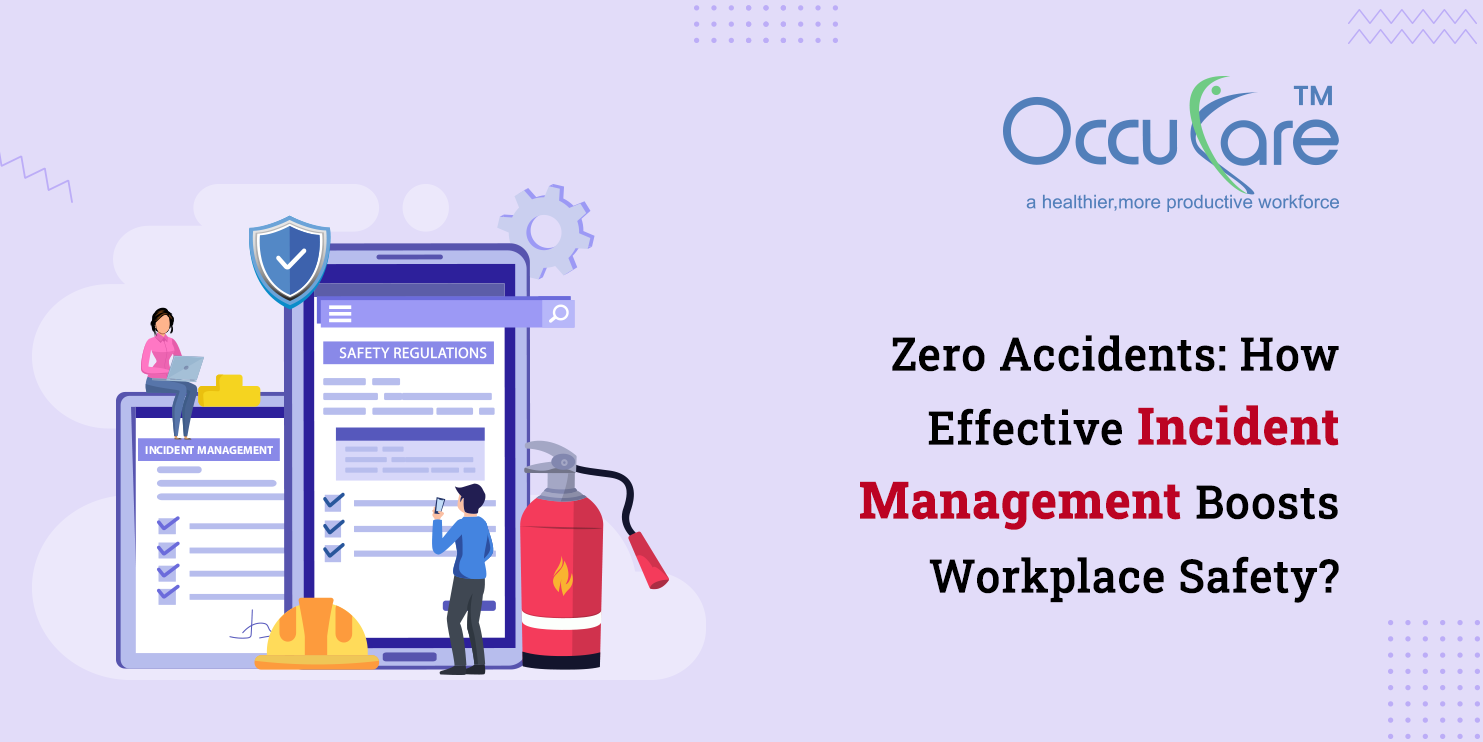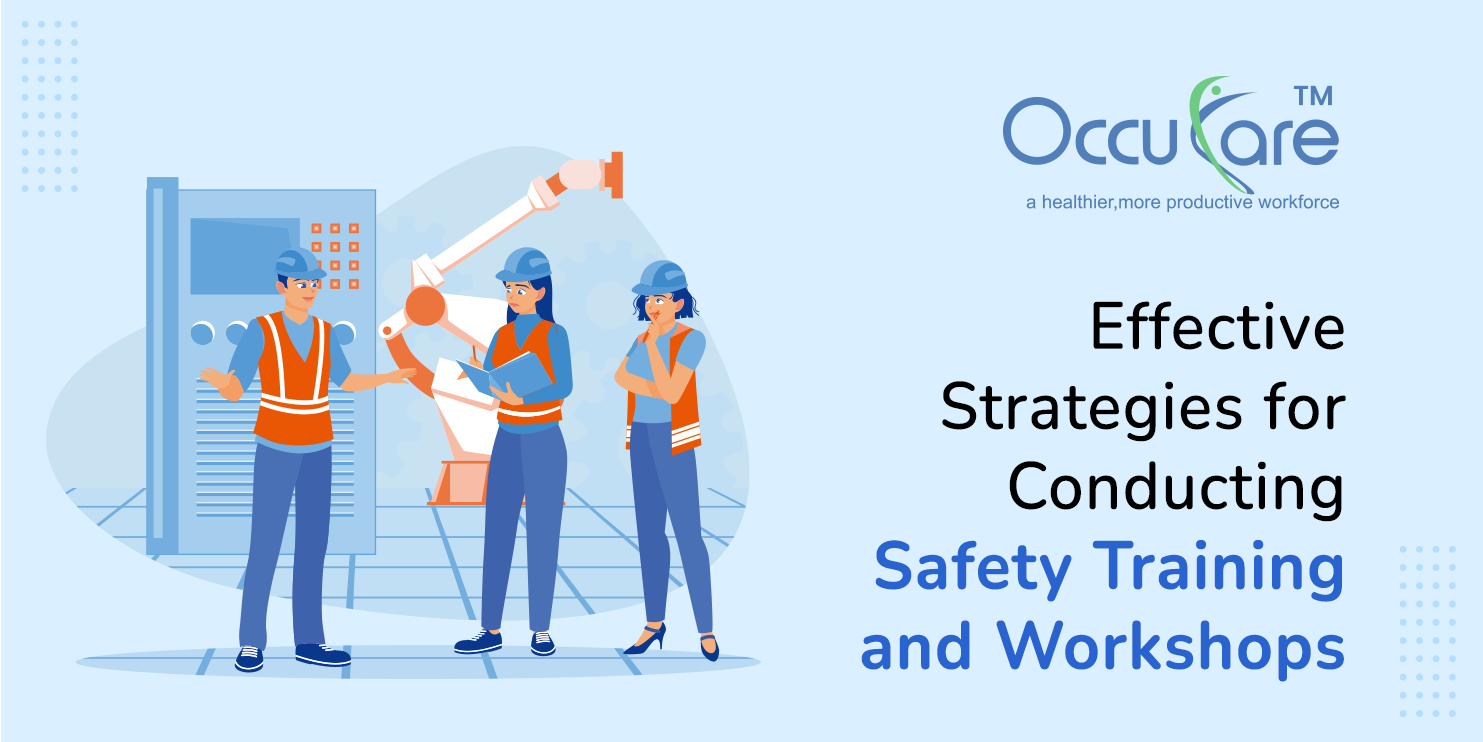It is more important than ever to cultivate a healthy and productive workforce in today’s cutthroat business environment. Corporate wellness initiatives have become a valuable strategic instrument for companies seeking to improve worker satisfaction, save medical expenses, and boost productivity. Everything you need to know about corporate wellness programs is covered in this thorough guide, including their essential elements, advantages, methods of implementation, and the function of technology like corporate wellness software systems.
Understanding Corporate Wellness Programs:-
What is Corporate Wellness Program?
A corporate wellness program is a planned endeavor created by businesses to support workers’ health and happiness. These programs usually include a range of initiatives and guidelines designed to enhance employees’ overall living habits, mental and physical well-being, and nutrition.
Key components of Corporate Wellness Programs:
1. Health Screenings and Assessments:
Preliminary health assessments to determine baseline health parameters and identify concerns.
2. Initiatives for Physical exercise:
Gym memberships, on-site exercise programs, or financial assistance for fitness-related costs.
3. Nutritional Support:
Food alternatives that are high in nutrients, workshops on good eating, and counseling.
4. Mental Health Support:
Mindfulness training, stress management classes, and counseling services.
5. Lifestyle Coaching:
Advice on controlling weight, quitting smoking, and preventing illness.
Benefits of Corporate Wellness Program:
Employers and employees can gain a lot from implementing a corporate wellness program:
- Better Worker Health: Lowers healthcare expenses, improves general well-being, and decreases absenteeism.
- Enhanced Productivity: Workers in better health are more engaged and productive at work.
- Improved Company Culture: Shows concern for workers, encouraging adherence and contentment.
- Cost savings: There may be large cost savings from lowered healthcare costs and lower attrition rates.
- Competitive advantage: Draws top talent to companies that value their workers’ well-being.
Implementing a Corporate Wellness Programs:-
Steps to implementing a Successful Corporate Wellness Program:
1. Assess Organizational Needs:
Conduct surveys or focus groups to understand employee interests and health concerns.
2. Clarify your intentions and goals:
Thoroughly state the objectives of the program (e.g., 20% less absenteeism, greater worker happiness scores).
3. Create Program Components:
Choose undertakings that are in line with the needs of staff members and the resources that are available (e.g., fitness classes, mental health courses).
4. Securing Leadership Support:
Obtain support from upper management to guarantee adequate resources and organization dedication.
5. Promote and communicate with one another:
Make use of a variety of platforms to spread the word and motivate people to get involved (e.g., email campaigns, intranet announcements).
6. Evaluate and Make Improvements:
Use data such as levels of participation, health outcomes, and feedback to track the success of the program over the course of time.
Role of Corporate Wellness Software Systems:-
What is Corporate Wellness Software?
The term “corporate wellness software” describes technological frameworks intended to simplify the management, administration, and monitoring of wellness initiatives inside businesses. These software programs provide various features, including:
Health Risk assessments: Produces customized wellness plans based on individual evaluations and streamlines the gathering of health data.
Program management makes it easier for people to organize, sign up for, and keep track of wellness events like workshops and fitness classes.
Communication Tools: Provides individuals with customized communications about forthcoming events, health advice, and program updates.
Benefits of Using Corporate Wellness Software:
Efficiency:
HR and wellness program administrators save time and resources by automating administrative processes.
Customizes wellness programs and messages according to each person’s health information and preferences.
Accessibility:
Gives staff members simple access to program materials, resources, and assistance tools.
Data-Driven Decision Making:
Uses analytics to evaluate the effects of programs, spot trends, and make well-informed changes.
Checkout – Benefits of Corporate Wellness Software for Workplace Safety
Conclusion:
Corporate wellness initiatives are a proactive strategy for improving worker well-being, output, and overall business performance. Employers can foster thriving work environments for their employees by utilizing technology breakthroughs like corporate wellness software systems and investing in comprehensive wellness initiatives. Achieving lasting results and preserving a competitive edge in the global marketplace will depend on these programs’ continued evolution—embracing innovation and attending to employee requirements.
Careful planning, continuous assessment, and a dedication to promoting a culture of well-being are necessary for the successful implementation of a corporate wellness program. Businesses may establish a solid basis for long-term success and foster environments where workers feel appreciated, encouraged, and inspired to give their best work by putting their employee’s health and happiness first.



